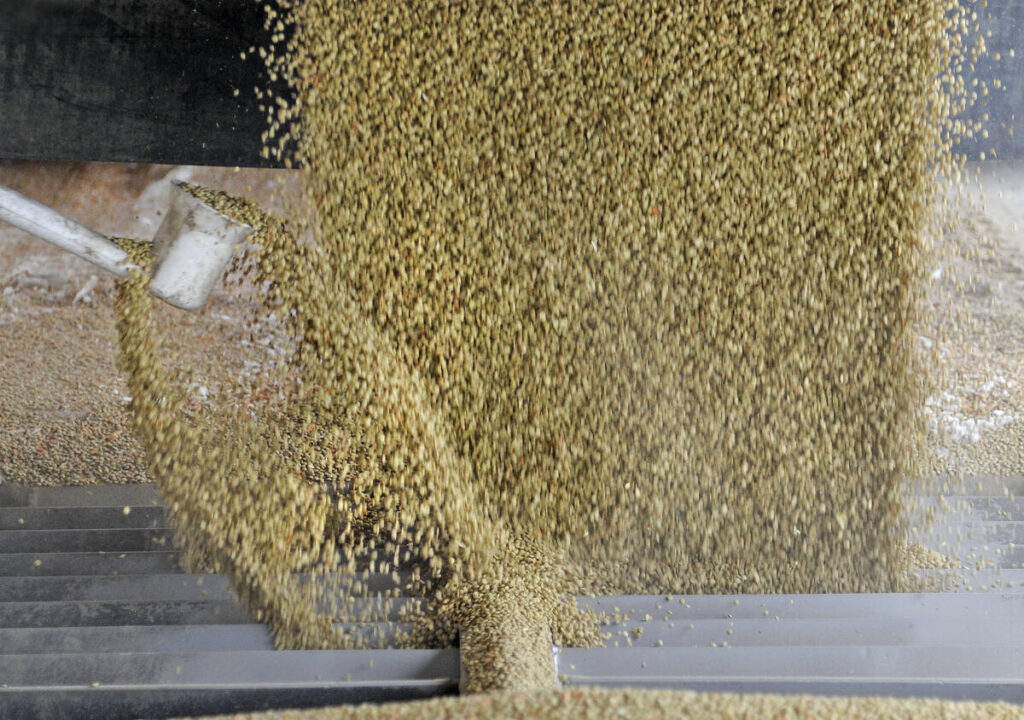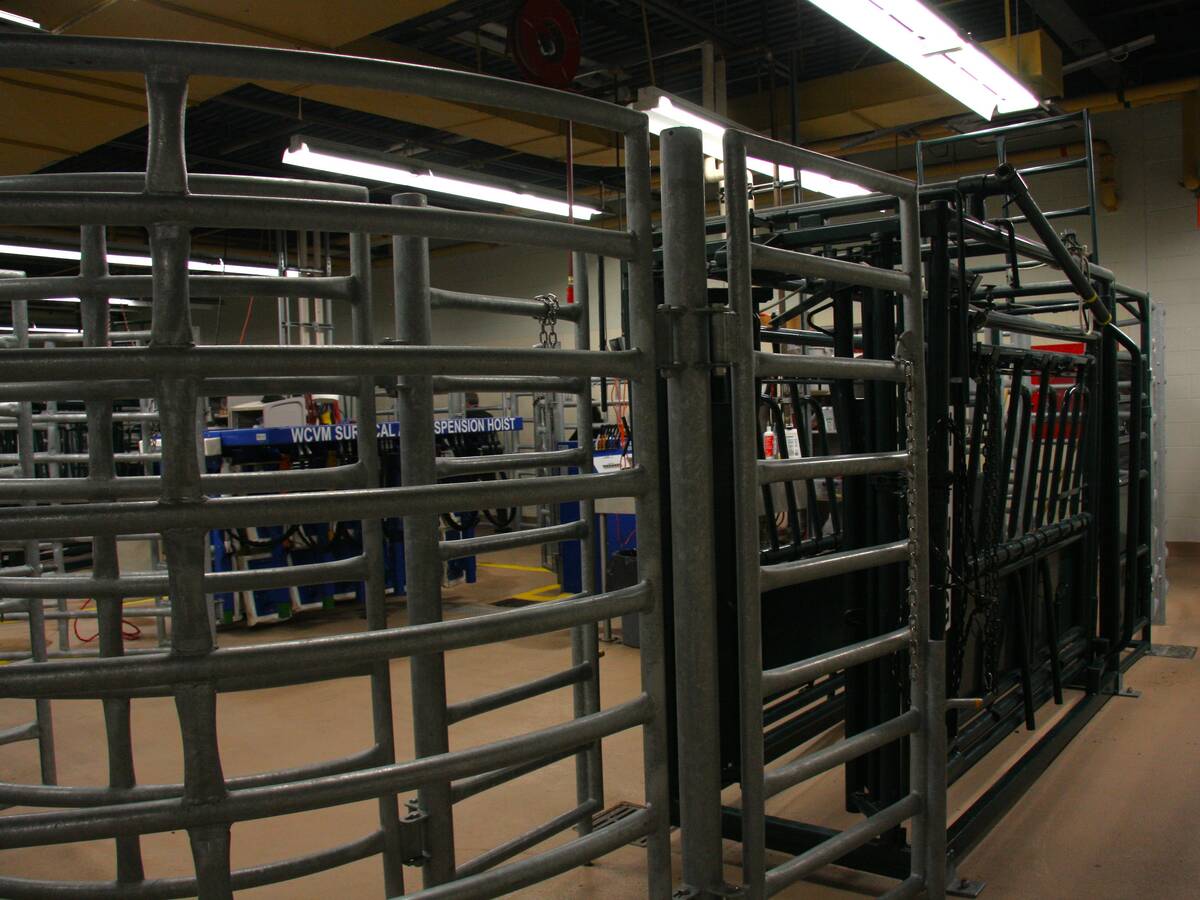Good global green lentil production expected this year

SASKATOON — There is potential for a big increase in green lentil production in 2025-26 after several years of tight supplies, says an analyst.
Canada will lead the way with an estimated 842,000 tonnes of production, Chuck Penner, analyst with LeftField Commodity Research, told delegates attending the Global Pulse Confederation’s Pulses 2025 conference in Singapore.
That would be a 20 per cent increase over last year’s output and the largest crop since 2020-21.
Read Also


Veterinary college renews interprovincial pact
Saskatchewan students who want to study veterinary medicine now have an increased chance of being admitted to the University of Saskatchewan’s Western College of Veterinary Medicine.
Planting conditions were good, but it has turned hot and dry in southwestern Saskatchewan, where many of the green lentils are grown.
“There are a few concerns cropping up,” Penner said, according to a video of his presentation on the GPC website.
Exports are forecast at 775,000 tonnes, which would leave 106,000 tonnes of carryout at the end of the 2025-26 campaign.
That would be far more comfortable than the less than 50,000 tonne carryouts of the past four years.
Derek Drayson, a trader with Agrocorp International, thinks Penner’s Canadian forecast is too optimistic.
He believes production will be closer to 750,000 to 770,000 tonnes, which is still a decent crop.
Total lentil acreage in the United States is forecast at 1.125 million acres, a 20 per cent increase from last year’s levels.
Penner believes 75 percent of that is planted to medium greens.
Production is forecast at 479,000 tonnes, a 17 per cent increase over last year and total supply at a record 619,000 tonnes.
His export estimate is 375,000 tonnes, leaving 120,000 tonnes of ending stocks, which again is more comfortable than the past four or five years.
Ryan Van Pevenage, a trader with Columbia Grain, has no quibbles with Penner’s U.S. production estimate.
However, he noted that it is no longer 75 per cent medium greens. Growers are planting more small and large greens than they used to in the past.
Van Pevenage was asked if he is worried about the U.S. tariff wars. He said he is far more concerned about the potential US$1 million fee on Chinese built or operated vessels.
“This would have a big impact on the U.S. ability to export if we struggle to have competitive freight,” he said.
Russia and Kazakhstan are projected to produce about 400,000 tonnes of green lentils, 100,000 tonnes more than last year.
Turkey will chip in another 65,000 tonnes.
Canada exported about 360,000 tonnes of green lentils through the first eight months of the 2024-25 campaign.
Green lentil exports are far more diversified than red lentils with no real dominant importer of the crop.
U.S. lentil exports are on pace to reach a record 350,000 tonnes this year and will be even higher in the upcoming campaign.
Kazakhstan shipped out a record 225,000 tonnes of both green and red lentils through the first six months of 2024-25, but sales are starting to dwindle as it runs out of supply.
There is no official export statistics for Russia, but Turkey’s import statistics show the country shipped 70,000 tonnes to that destination in the July 2024 through March 2025 period, a big increase over previous years.
India is usually a sizeable buyer, but there have been no government tenders in that market since the start of the year.
“The Indian markets have witnessed a severe bloodbath in the green lentils since February onwards,” said Sohil Tanna, a trader with Agrocorp International.
Green lentil prices closely follow pigeon pea prices in that market. They peaked around April 2024 and have plummeted 39 per cent since then.
The price pattern is similar for all types of green lentils in North America, which are at levels that haven’t been seen since late 2022 and early 2023.
Drayson is concerned that India may not be a major buyer this year, and he also thinks it will be challenging to ship Canadian green lentils to markets such as Turkey, Algeria and Morocco due to increased competition from Russia and Kazakhstan.
However, with lower prices, there should be strong demand from other markets. Whether that will be enough to offset the lost sales to India remains to be seen, he said.
Van Pevenage pointed out that farmers may be reluctant sellers at today’s prices.
Source: www.producer.com


